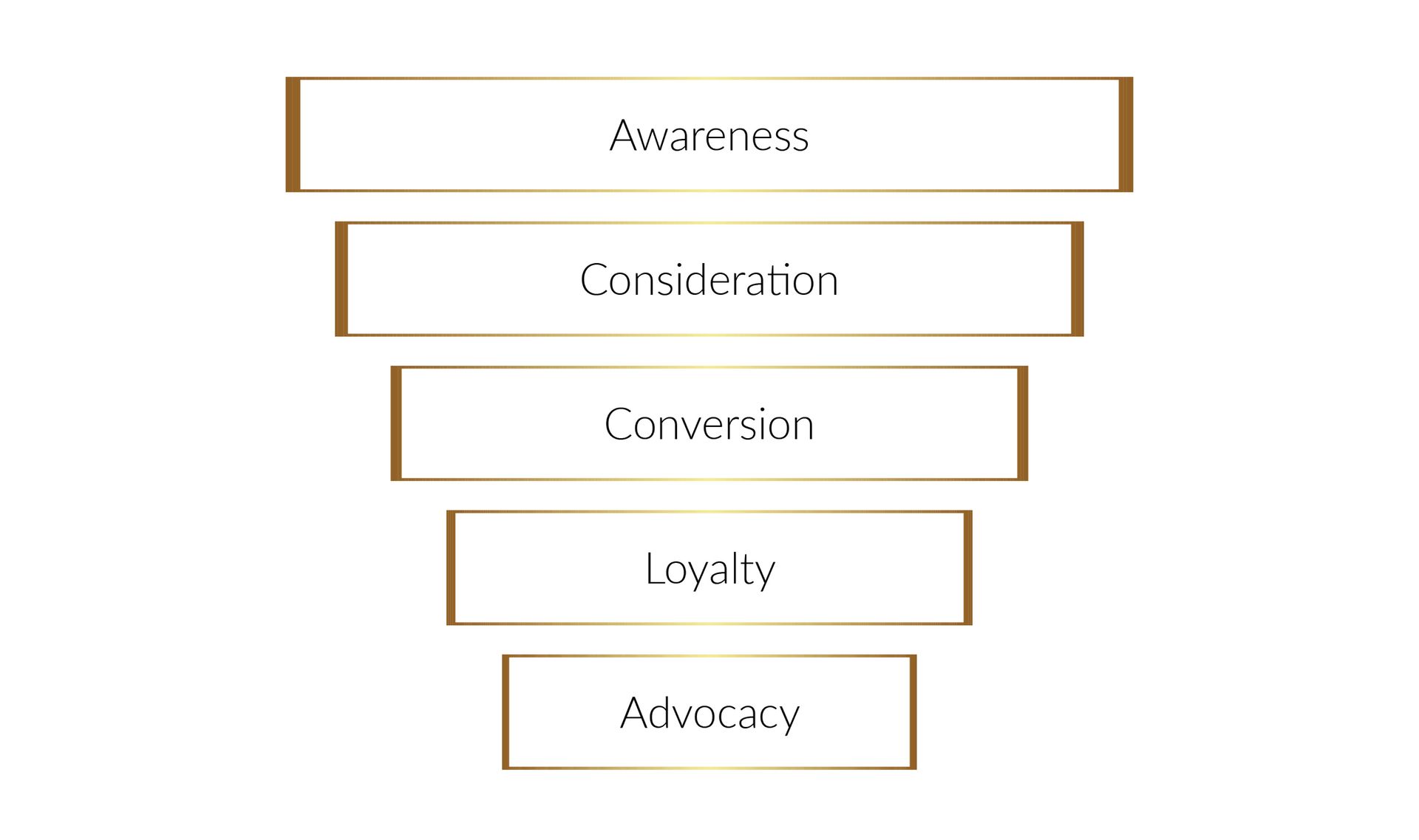Navigating the "New Normal": What Meta's Return-to-Office Policy Teaches Us
Visualizing the Future of Work: From Office Spaces to Digital Places

Inspired by Stephen Council's article on Meta's recent changes in return-to-office regulations.
The post-pandemic world has been a rollercoaster for Human Resources departments everywhere. As we strive to adapt to the "new normal," tech companies are at the forefront of experimenting with remote work policies. Recently, Meta—formerly Facebook and the parent company of Instagram and WhatsApp—has decided to steer its ship toward a stricter in-office regimen. Stephen Council reported in-depth about the specifics in his article dated August 18, 2023, shedding light on a significant development in the tech industry's work culture.
Why The Shift?
Meta’s CEO, Mark Zuckerberg, once envisioned his company becoming “the most forward-leaning company on remote work at our scale,” a dream that seems to have melted away in 2023, which he dubbed Meta’s “year of efficiency.” While early indications were that Meta would invest heavily in a remote-first culture, recent decisions reflect the belief that early-career engineers, and presumably others, perform better with at least three days in the office.
The Importance of Flexibility
While Meta's decision might seem like a 180-degree turn, it highlights the importance of flexibility in corporate policies. The company has seen various changes in the past years, including layoffs and new product launches, which makes it essential for HR departments to be adaptive and sensitive to both organizational needs and employee satisfaction.
The Technology Aspect
Meta's use of an internal "Status Tool" for employees to share their planned work location is a testament to how technology can aid in enforcing HR policies. Tools like these can be incredibly helpful in large organizations to manage workforce logistics efficiently.
Striking A Balance
Meta’s policy enforces a three-day-a-week in-office routine but still leaves some room for remote work. Employees who are grandfathered into a remote work agreement have certain restrictions but can maintain their remote status, highlighting that a hybrid model is still achievable. This can serve as a model for other organizations seeking to find that elusive equilibrium between in-person and remote work.
Consequences and Compliance
Stephen Council’s article points out the seriousness with which Meta is approaching this policy shift. Managers will be monitoring badge swipe data, and non-compliance could lead to termination. While this may seem strict, it underlines the importance of aligning employees with company policies. HR departments should take note and consider how compliance will be monitored and enforced in their organizations.
Final Thoughts
Meta's new policy serves as a litmus test for what post-pandemic work life can look like in the tech industry. While not all companies will follow suit, the themes of flexibility, technological support, and strict compliance offer valuable lessons for HR departments everywhere.
HR professionals need to keep an eye on the evolving landscape of work and be prepared to adapt policies accordingly. As Meta has shown, what worked yesterday might not work tomorrow, but with strategic planning, technology, and a balanced approach, navigating the "new normal" is more than possible.




